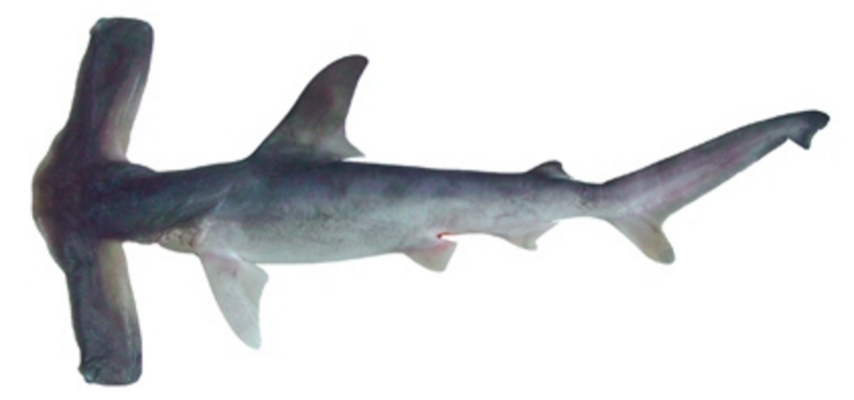- Whale shark numbers have plummeted by more than 50 percent in the last 75 years.
- Threats to the whale shark include habitat destruction, accidental entanglement in fishing nets, vessel collisions, and hunting for their meat, fins and oil.
- Numbers of the winghead shark have also declined by at least 50 percent in the last 40 years, mostly due to unregulated fishing.
The world’s largest fish, the whale shark, is in deep trouble.
According to the latest IUCN assessments, the school bus-sized fish has now been up-listed from Vulnerable to Endangered on the IUCN Red List.
“It is alarming to see such emblematic species slide towards extinction,” Jane Smart, Director of IUCN’s Global Species Programme, said in a statement. “These new IUCN Red List assessments emphasise how urgent it is for the conservation community to act strategically to protect our planet’s incredible diversity of life. The world’s oceans and forests will only continue to provide us with food and other benefits if we preserve their capacity to do so.”

Three-fourths of whale shark populations (Rhincodon typus) live in the Indo-Pacific, while the rest occur in the Atlantic. In the last 75 years, increasing threats due to habitat destruction, accidental entanglement in fishing nets, vessel collisions, and hunting for their meat, fins and oil, have caused numbers of these polka-dotted sharks to plummet by more than 50 percent, according to the assessment.
“While international Whale Shark trade is regulated through the species’ listing on the Convention on International Trade in Endangered Species (CITES), more needs to be done domestically to protect whale sharks at a national level,” Simon Pierce, lead Red List assessor, member of the IUCN Species Survival Commission (SSC) Shark Specialist Group, said in the statement.

The IUCN has also up-listed the winghead or the slender hammerhead shark (Eusphyra blochii), found in the continental shelf waters of the Indo-Pacific, from Vulnerable to Endangered. The shark is threatened mainly by unregulated fishing, and is now rarely encountered in both India and Indonesia where it has previously been reported, according to the IUCN. In fact, in the last four decades, numbers of this species are believed to have declined by at least 50 percent.
Populations of the winghead sharks are believed to be healthy in Australia, where the species is regionally assessed as Least Concern.